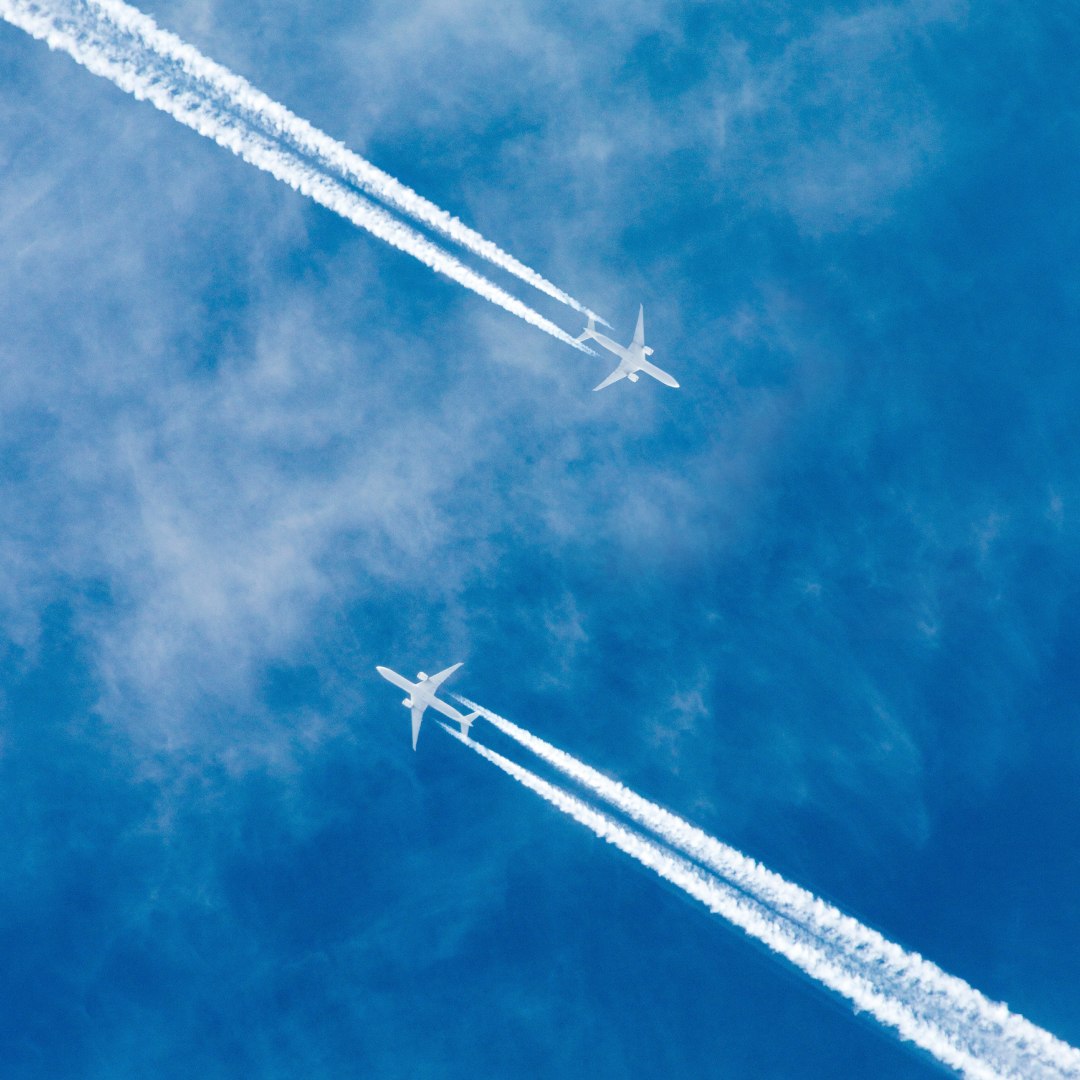Air transport has revolutionized the way we travel, connecting people and goods across the globe at unprecedented speeds. However, this complex industry is not without its challenges. In this blog post, we will delve into the problems faced by air transport, exploring the intricacies and implications of each issue. From safety concerns to environmental impacts, we will uncover the multifaceted nature of these challenges and shed light on potential solutions.
- Safety and Security:
Ensuring the safety and security of air travel is of paramount importance. From technical malfunctions to human errors, the aviation industry faces numerous safety challenges. Incidents such as plane crashes and terrorist threats have raised concerns among passengers and regulators alike. The industry must continuously invest in advanced technologies, rigorous training programs, and robust security measures to mitigate these risks and maintain public trust. - Environmental Impact:
While air transport offers unparalleled speed and efficiency, it also contributes significantly to environmental pollution. Aircraft emissions, including greenhouse gases and noise pollution, have adverse effects on climate change and local communities. The industry is under pressure to reduce its carbon footprint by adopting cleaner fuels, improving aircraft efficiency, and exploring alternative propulsion systems. Balancing economic growth with environmental sustainability remains a critical challenge. - Infrastructure and Congestion:
As air travel continues to grow, airports and air traffic control systems face increasing strain. Limited runway capacity, congested airspace, and outdated infrastructure can lead to delays, inefficiencies, and safety risks. The industry must invest in expanding and modernizing airports, implementing advanced air traffic management systems, and optimizing flight routes to alleviate congestion and enhance operational efficiency. - Cost and Accessibility:
Air travel is often associated with high costs, limiting accessibility for certain demographics and regions. Ticket prices, airport fees, and taxes can make air transport unaffordable for many. Additionally, remote areas may lack adequate air connectivity, hindering economic development and social integration. Finding ways to reduce costs, improve affordability, and enhance accessibility is crucial for a more inclusive and equitable air transport system. - Regulatory and Policy Frameworks:
The aviation industry operates within a complex web of regulations and policies, both at national and international levels. Harmonizing standards, addressing regulatory gaps, and ensuring compliance across borders can be challenging. Additionally, emerging technologies such as drones and supersonic aircraft present regulatory dilemmas that require innovative solutions. Collaborative efforts between industry stakeholders and regulatory bodies are essential to navigate these complexities effectively.
Conclusion:
Air transport has undoubtedly transformed the world, but it also faces significant challenges. From safety and security concerns to environmental impacts and infrastructure constraints, the industry must tackle these issues head-on. By investing in advanced technologies, adopting sustainable practices, improving accessibility, and fostering collaboration, the aviation industry can overcome these challenges and continue to serve as a catalyst for global connectivity and economic growth.
